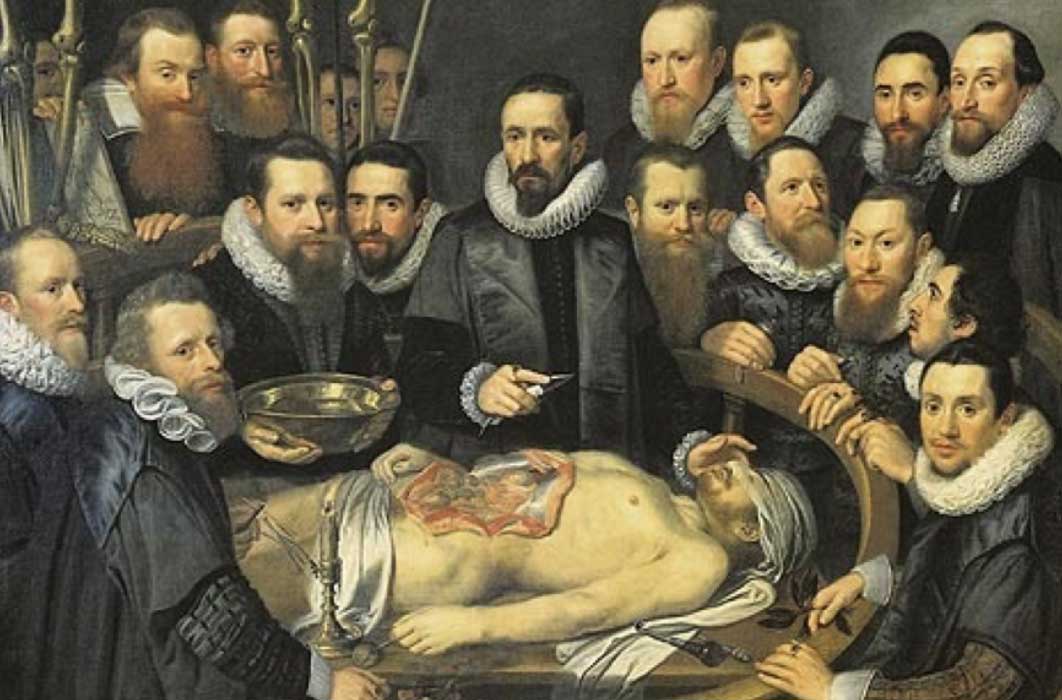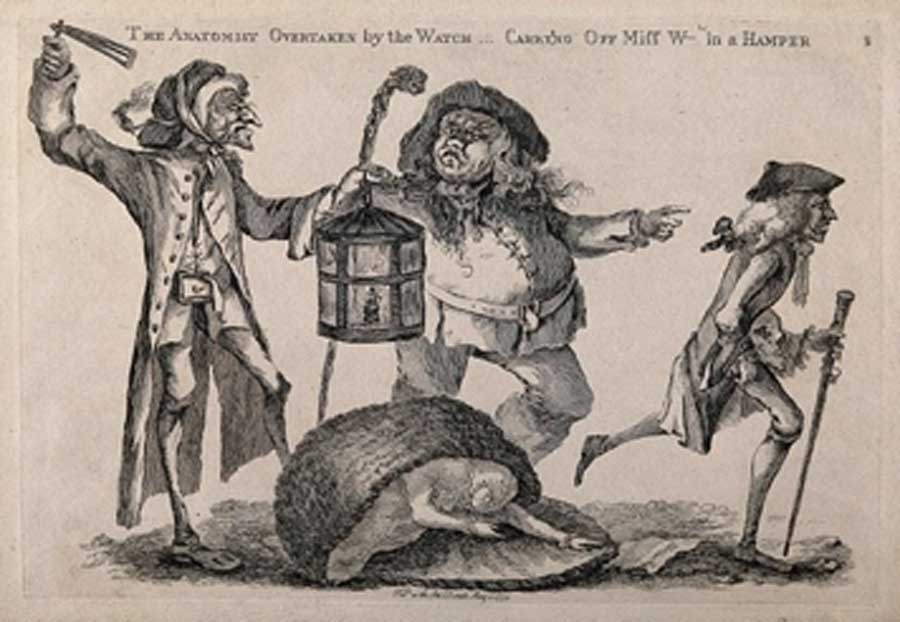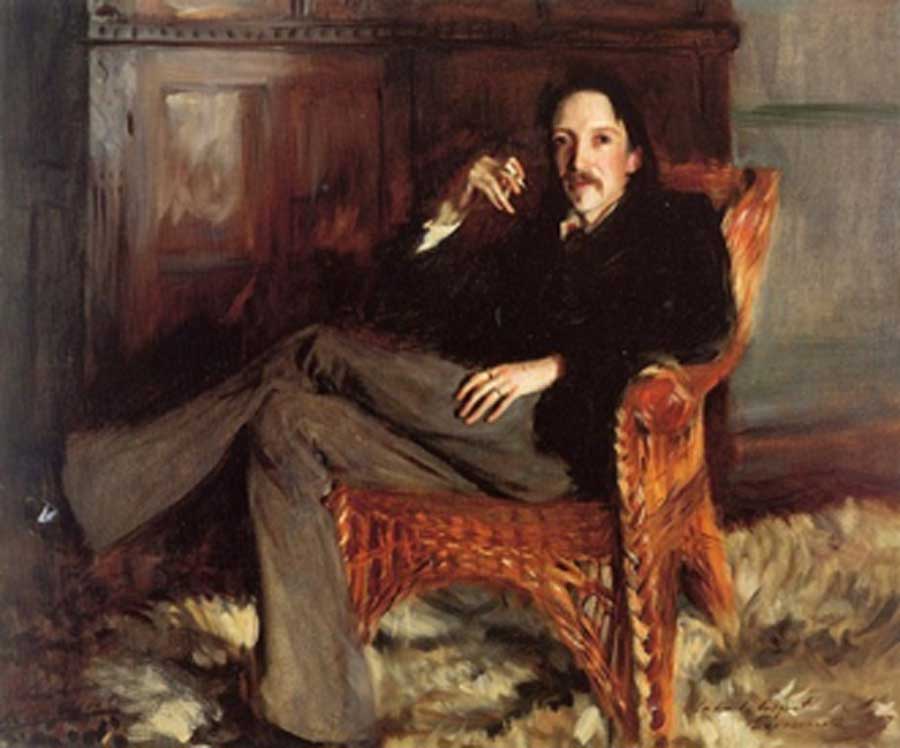
Body Snatchers, the Cemetery Entrepreneurs of the 18th and 19th Centuries
Anatomists of the 18th and 19th centuries faced a dreadful predicament in that they lacked what would today be called ‘educational aids’. They needed cadavers to dissect. These circumstances created an ideal opportunity for the body snatchers to set up a lucrative business as cemetery entrepreneurs.

A nightwatchman disturbs a body snatcher who has dropped the stolen corpse he had been carrying in a hamper, while the anatomist, William Hunter (1718-1783), runs away. Etching with engraving by W. Austin, (1773) (Wellcome Images / CC BY-SA 4.0)
Dr Jekyll and Mr Hyde
Robert Louis Stevenson's The strange case of Dr. Jekyll and Mr. Hyde (1886) depicts the story of the presence, in the same individual, of the principles of Good and Evil - principles that would emerge following the consumption of certain psychotropic substances. The protagonist, Dr. Henry Jekyll develops a potion and experiments with it on himself, thus he transforms himself into a monstrous being who commits all sorts of heinous acts in a 19th-century London, immersed in its perennial fog. Stevenson had intuited that in every man is hidden both Good and Evil, in a strange symbiosis that often makes the study of the human soul impenetrable. Therefore, at night, Dr. Jekyll upon consuming the strange mixture of psychotropic chemicals, would have enticed the dark side of his ego, his second nature, to come out, whilst during the day it was masked by a necessary respectability imposed by the rules of civil living.

Portrait of Robert Louis Stevenson by John Singer Sargent (1887) (Public Domain)
It is extremely likely that the Scottish author, Stevenson was inspired by the Scot, Dr. Knox and perhaps also by the Londoner Dr. John Hunter, who both employed the services of cemetery entrepreneurs to conduct their dissections.

First edition of "The strange case of Dr. Jekyll and Mr. Hyde", published in 1896. (Image: Courtesy Dr Roberto Volterri)
Dr John Hunter Famed Anatomist
In London lived and worked a certain Dr. John Hunter (1728 - 1793), a famous anatomist to whom the Hunterian Museum of the Royal College of Surgeons has been dedicated. Hunter was also a passionate collector of anatomical artifacts that he procured with unorthodox means, as did many of his colleagues. For example, the case concerning the skeleton of Jonathan Wild, an outlaw hanged from the gallows. Wild was hanged at three o'clock on the afternoon of May 24, 1725 and was immediately buried in the cemetery of the church of S. Pancrazio. A few days later, it was discovered that his grave had been violated and that the body of the outlaw had disappeared.




